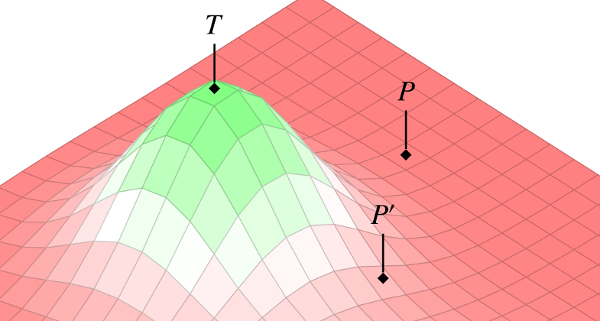 The task set before clinical investigators is not easy. They are supposed to answer pressing scientific questions, using very few resources, and exposing patient-subjects to as little risk as possible. In other words, we expect them to be rigorous scientists, stewards of the medical research enterprise, and guardians of their patients’ interests all at the same time. While the duties that emerge from these various roles are sometimes orthogonal, they are intersecting and aligned at the point of clinical trial design. Insofar as a trial is well-designed–meaning that it is likely to answer its scientific question, make efficient use of research resources, and minimize risk–the investigator has successfully discharged all of these duties.What is more, there is a common activity underlying all of these requirements of good trial design: Prediction. When investigators design studies, they are making an array of predictions about what they think will happen. When they decide which interventions to compare in a randomized trial, they are making predictions about risk/benefit balance. When they power a study, they are making a prediction about treatment effect sizes. The accuracy of these predictions can mean the difference between an informative or an uninformative outcome–a safe or unsafe study.
The task set before clinical investigators is not easy. They are supposed to answer pressing scientific questions, using very few resources, and exposing patient-subjects to as little risk as possible. In other words, we expect them to be rigorous scientists, stewards of the medical research enterprise, and guardians of their patients’ interests all at the same time. While the duties that emerge from these various roles are sometimes orthogonal, they are intersecting and aligned at the point of clinical trial design. Insofar as a trial is well-designed–meaning that it is likely to answer its scientific question, make efficient use of research resources, and minimize risk–the investigator has successfully discharged all of these duties.What is more, there is a common activity underlying all of these requirements of good trial design: Prediction. When investigators design studies, they are making an array of predictions about what they think will happen. When they decide which interventions to compare in a randomized trial, they are making predictions about risk/benefit balance. When they power a study, they are making a prediction about treatment effect sizes. The accuracy of these predictions can mean the difference between an informative or an uninformative outcome–a safe or unsafe study.
The importance of these predictions is already implicitly recognized in many research ethics policies. Indeed, research policies often include requirements that studies should be based on a systematic evaluation of the available evidence. These requirements are really just another way of saying that the predictions underlying a study should be as accurate as possible given the state of available knowledge. Yet, trial protocols do not typically contain explicit predictions–e.g., likelihood statements about the various outcomes or events of ethical interest. And this makes it much more difficult to know whether or not investigators are adequately discharging their duties to the scientific community, to their patient-subjects, and to the research system as a whole.
In an article from this month’s Journal of Medical Ethics, I argue that investigators ought to be making explicit predictions in their protocols. For example, they should stating exactly how likely they think it is that their study will meet its primary endpoint or exactly how many adverse events they expect to see. Doing so would then allow us to apply the tools of prediction science–to compare these predictions with outcomes and finally get a direct read on just how well investigators make use of the available body of evidence. This would, in turn, provide a number of other benefits–from facilitating more transparent ethical reviews to reducing the number of uninformative trials. It would also provide opportunities for other research stakeholders–like funding agencies–to better align their decision-making with the state of evidence.
The broad point here is that in the era of evidence-based medicine, we should be using this evidence to design to better trials. Applying the science of prediction to clinical research allows us to take steps in this direction.
BibTeX
@Manual{stream2015-812,
title = {Predicting Risk, Benefit, and Success in Research},
journal = {STREAM research},
author = {Spencer Phillips Hey},
address = {Montreal, Canada},
date = 2015,
month = jun,
day = 26,
url = {https://www.translationalethics.com/2015/06/26/predicting-risk-benefit-and-success-in-research/}
}
MLA
Spencer Phillips Hey. "Predicting Risk, Benefit, and Success in Research" Web blog post. STREAM research. 26 Jun 2015. Web. 04 Jul 2025. <https://www.translationalethics.com/2015/06/26/predicting-risk-benefit-and-success-in-research/>
APA
Spencer Phillips Hey. (2015, Jun 26). Predicting Risk, Benefit, and Success in Research [Web log post]. Retrieved from https://www.translationalethics.com/2015/06/26/predicting-risk-benefit-and-success-in-research/



